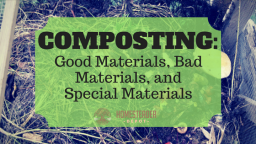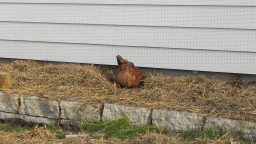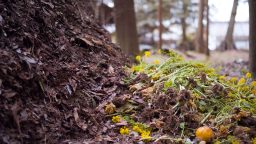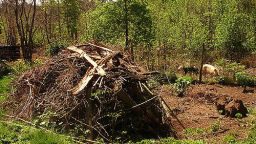Creating a compost pile is always a good idea. You’ll get to reuse food scraps that would otherwise end up in the trash, and then eventually in a landfill. On top of this, compost piles create new, fresh soil that contains plenty of nutrients. Your plants will love it. However, before it gets to that point, you need to understand the basics of composting, which involve knowing what you shouldn’t put into a compost bin. Many of these items are downright harmful to your compost and will cause a number of problems. Avoid adding them to the pile at all costs.
Citrus Peels
While fruit waste of all kinds can be added to a compost pile, you should avoid adding in those citrus peels. They take way too long to decompose and can affect the overall balance in your pile. Your goal is to make soil, and you won’t be able to use it for much when it contains whole chunks of orange, lemon, lime, and grapefruit peels in it.
Animal Feces
It’s understandable that you want to do something with your cat or dog feces besides putting it in the trash. However, if you add it to your compost pile, you risk contaminating it with parasites and microorganisms. You don’t want them getting anywhere near your plants, especially if you grow your own vegetables.
Onion Peels
A good compost pile contains a balanced combination of food scraps and other waste that break down slowly over time. In some cases, you might want to add some worms to your pile in order to help this process along. Onion peels will hurt, rather than help, here. Not only do they slow down the decomposition process, but they also hurt your worms.
Save Money When Doing Laundry…Take a look at this new technology and never buy detergent again>>>
Sticker Labels
You’ve no doubt seen those annoying sticker labels that appear on fruits and vegetables. Yes, they serve a purpose – helping the cashier code in the right items during checkout – but they don’t do much else. You can’t even add them to your compost pile, because they won’t biodegrade. They’re actually made of plastic, not paper.
Paper That’s Coated or Glossy
When you’re adding items to your compost bin, you do need to balance out those fruit and vegetable scraps with some paper. However, it needs to be the right kind of paper. You can’t use glossy or coated paper. Those enhancements are made of plastic, which prevents the paper from breaking down properly.
Tea Bags and Coffee Filters
While used tea leaves and coffee grounds absolutely can be added to your compost, the items that you use to make that tea and coffee cannot. Your tea bags and coffee filters need to be placed in the trash unless you’ve determined that they’re made of natural materials. Many consist of synthetic polyester fibers that won’t break down properly, if at all.
Meat Scraps of All Kinds
The meat of any sort can’t be placed in a compost bin. This means that you can’t include any beef trimmings, leftover cooked chicken (or uncooked chicken), fish bones, or anything that came from an animal. The problem here lies not so much in getting those items to biodegrade (they will, along with everything else around them), but in the smell that they give off while doing so. All of the animals in your neighborhood will end up rooting through your compost bin looking for food.
Used Charcoal
It can be tempting to dump leftover charcoal in your compost bin, but you shouldn’t do it. This material actually contains a lot of sulfur, which can upset the overall balance of your compost. It’s even worse if your charcoal has been treated or soaked in fire starting liquid.






